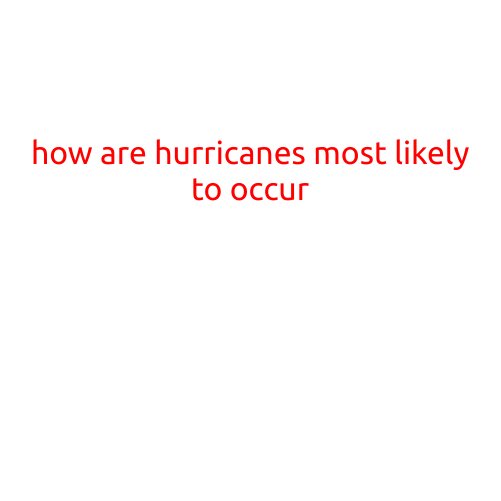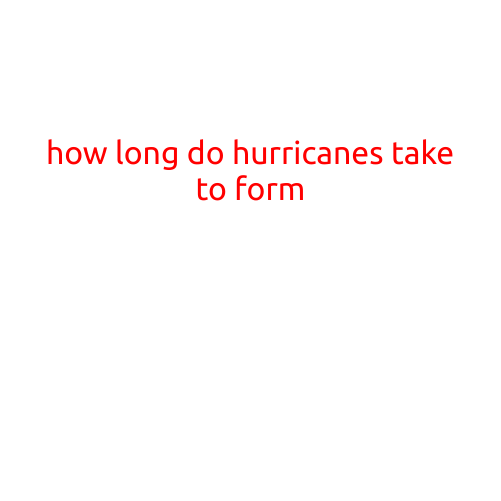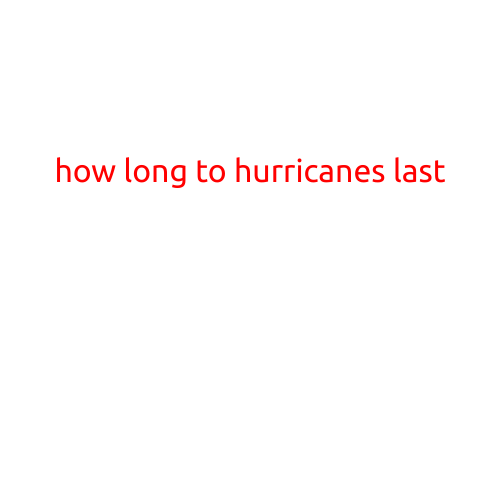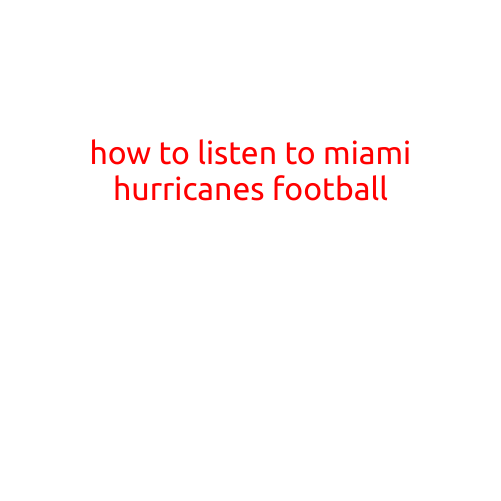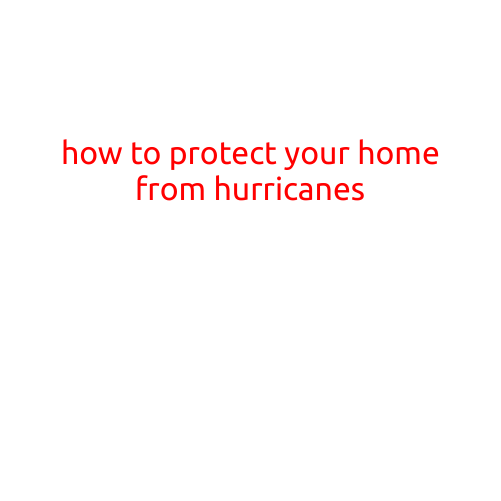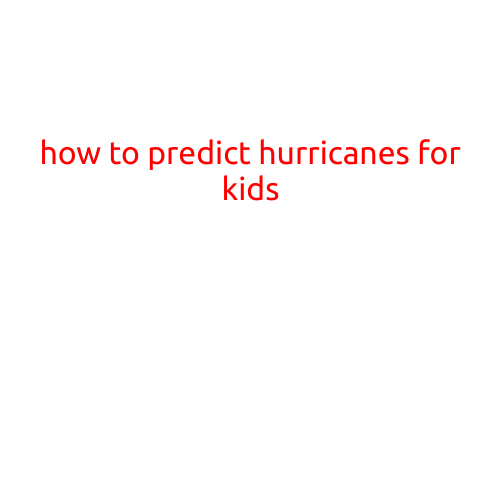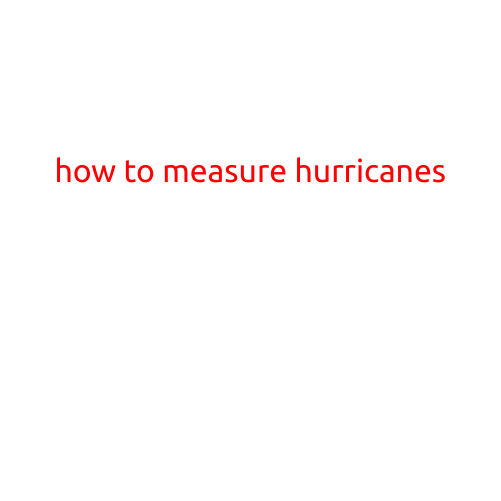
How to Measure Hurricanes: Understanding the Categories and Impact
Hurricanes are powerful tropical cyclones that can bring devastating winds, heavy rainfall, and storm surges to coastal communities. To understand the severity of these storms, meteorologists use a standardized system to measure their strength and impact. In this article, we’ll explore how hurricanes are measured, the categories used to classify them, and the importance of accurate measurement.
Why Measure Hurricanes?
Measuring hurricanes is crucial for several reasons:
- Predictive accuracy: Accurate measurements help meteorologists predict the path, intensity, and timing of a hurricane’s landfall, allowing for timely evacuations and preparedness measures.
- Risk assessment: Knowing the strength and impact of a hurricane helps emergency responders and governments assess potential damage and plan effective response strategies.
- Improved forecasting: By studying past hurricanes, meteorologists can refine their models and forecasting techniques, leading to more accurate predictions and better decision-making.
How Hurricanes are Measured
There are several ways to measure hurricanes:
- Wind speed: The most common method is to measure the wind speed, which is used to determine the hurricane’s category. Wind speed is measured in knots (kt), miles per hour (mph), or kilometers per hour (km/h).
- Central Pressure: Barometers measure the atmospheric pressure at the eye of the hurricane, which is also used to determine the category.
- Rainfall: Rainfall is measured in inches or millimeters using rain gauges or satellite imagery.
- Storm Surge: The storm surge is measured in feet or meters using tide gauges, buoys, or satellite imagery.
The Saffir-Simpson Hurricane Wind Scale
The most widely used system to classify hurricanes is the Saffir-Simpson Hurricane Wind Scale, developed by Dr. Herbert Saffir and Dr. Bob Simpson in 1971. This scale categorizes hurricanes based on their wind speed, with Category 1 being the least severe and Category 5 being the most severe.
Categories of Hurricanes
Here’s a breakdown of the Saffir-Simpson Hurricane Wind Scale categories:
- Category 1: Winds of 74-95 mph (64-82 kt), minimal damage to buildings, some damage to trees and power lines.
- Category 2: Winds of 96-110 mph (83-95 kt), some roofing material, door, and window damage to buildings. Considerable damage to vegetation, power lines, and poles.
- Category 3: Winds of 111-129 mph (96-112 kt), some structural damage to large buildings, especially those with exposed windows or mobile homes. Many trees will be snapped or uprooted, and power poles downed.
- Category 4: Winds of 130-156 mph (113-136 kt), extensive damage to small buildings, low-lying roads inland may be flooded. Most windows will be blown out of buildings, and structural damage will occur to large buildings.
- Category 5: Winds of 157 mph or higher (137 kt or higher), catastrophic damage will occur. A high percentage of framed homes will be destroyed, with total roof failure and wall collapse. Fallen trees and power poles will isolate residential areas. Power outages will last for weeks to possibly months. Most of the area will be uninhabitable for weeks or months.
Conclusion
Measuring hurricanes is a complex task that requires accurate and reliable data. By understanding the categories and impact of hurricanes, meteorologists, emergency responders, and the public can better prepare for these powerful storms. As technology advances and our understanding of hurricanes improves, we can continue to refine our measurement techniques and provide better warnings and protection for those affected by these destructive storms.
